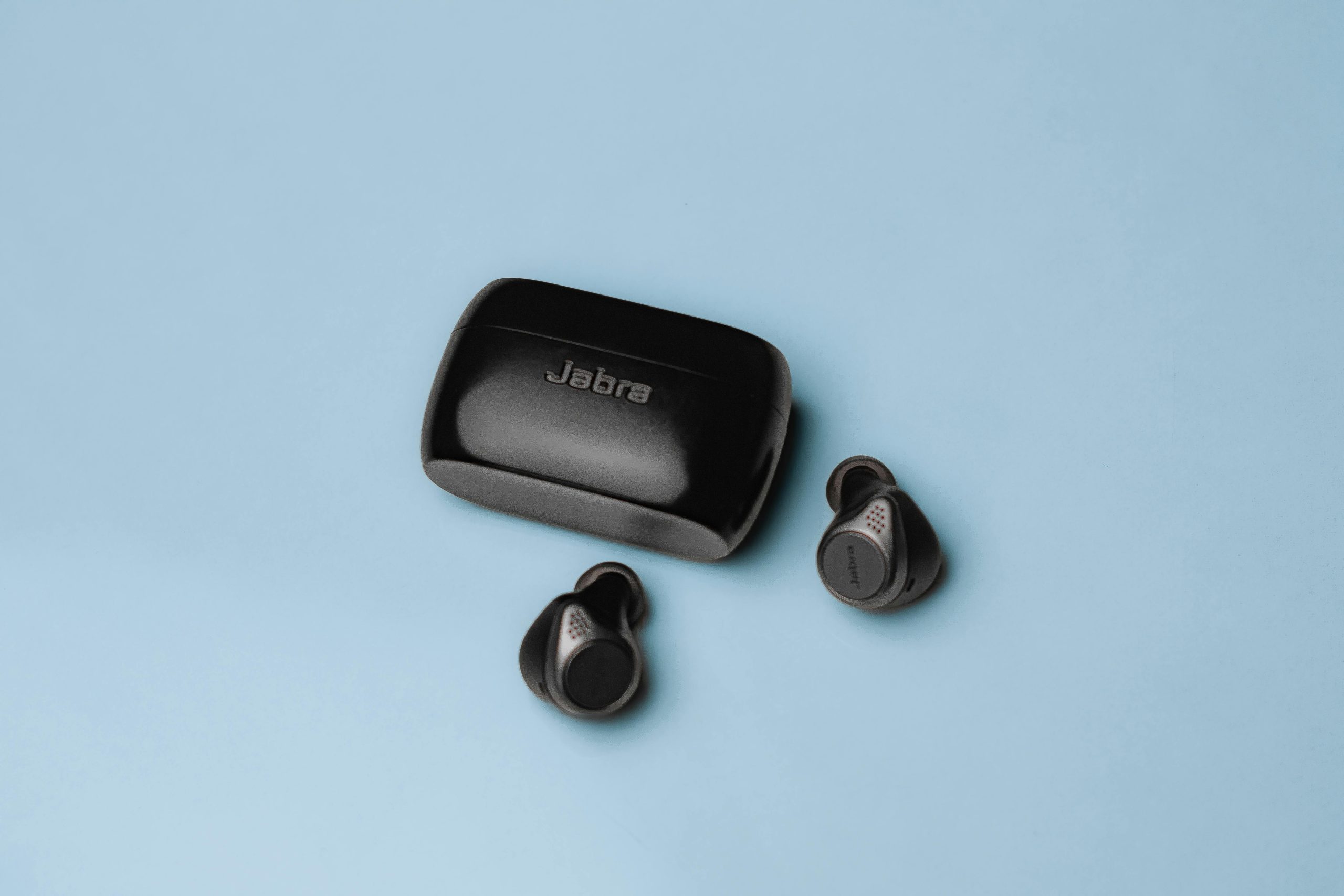How to Connect Two Bluetooth Headsets to a Device Without a Headphone Jack
In today’s fast-paced digital world, multimedia experiences often demand high-quality audio, whether for movie screenings, gaming sessions, or shared listening experiences. However, some modern devices, such as certain projectors, streamline their design by eliminating traditional headphone jacks, posing a challenge for users wanting to connect multiple Bluetooth headsets simultaneously. If you’ve encountered a similar situation, fear not—there are effective solutions.
The Challenge: Limited Audio Output Options
Many contemporary projectors and similar devices lack a 3.5 mm headphone port, which historically facilitated easy connection of multiple audio devices through wired splitters. Typically, users who wish to listen privately or share audio with others might rely on Bluetooth splitters connected via the headphone jack. But when such a port isn’t available, alternative methods are necessary.
Possible Solutions for Connecting Two Bluetooth Headsets
1. Utilizing a Bluetooth Audio Transmitter with Dual Pairing Capability
One of the most straightforward solutions is to employ a Bluetooth audio transmitter designed to support multiple simultaneous connections:
- Dual-Device Support: Modern Bluetooth transmitters often feature “multi-point” or “dual-link” connectivity, allowing you to pair two Bluetooth headsets at the same time.
- Implementation Steps:
- Connect the Bluetooth transmitter to your device’s audio output port (like a USB-C or optical port if the device supports it).
- Follow the manufacturer’s instructions to pair both headsets.
- Enjoy synchronized audio playback on both headsets.
Note: If your projector lacks a compatible audio output port, consider using an external device (like a laptop or compatible media player) as an intermediary to transmit audio to both headsets via Bluetooth.
2. Using an External Bluetooth Receiver with Multiple Connections
Some advanced Bluetooth receivers or adapters support multiple device connections:
- Features to Look For:
- Multipoint pairing capabilities.
- Support for at least two Bluetooth headsets simultaneously.
- Application:
- Connect the receiver to your primary device’s audio output.
- Pair both headsets with the receiver.
- Share audio seamlessly.
3. Employing a Wired to Bluetooth Converter with Multiple Outputs
If Bluetooth options are limited or unreliable, consider using a wired splitter connected to an external Bluetooth transmitter that supports multiple connections:
- Connect the wired splitter to your device’s audio output (such as an optical or
Share this content:

